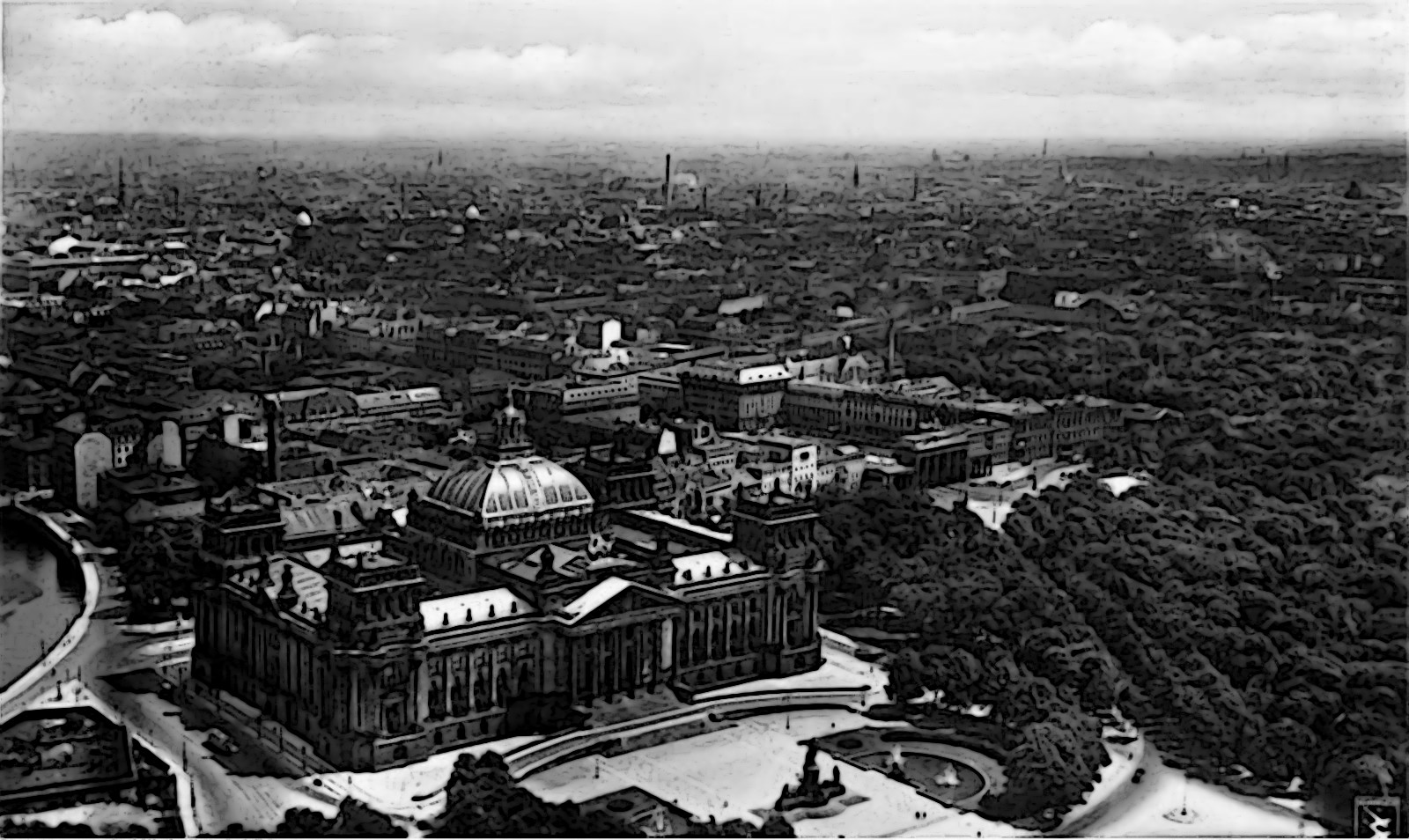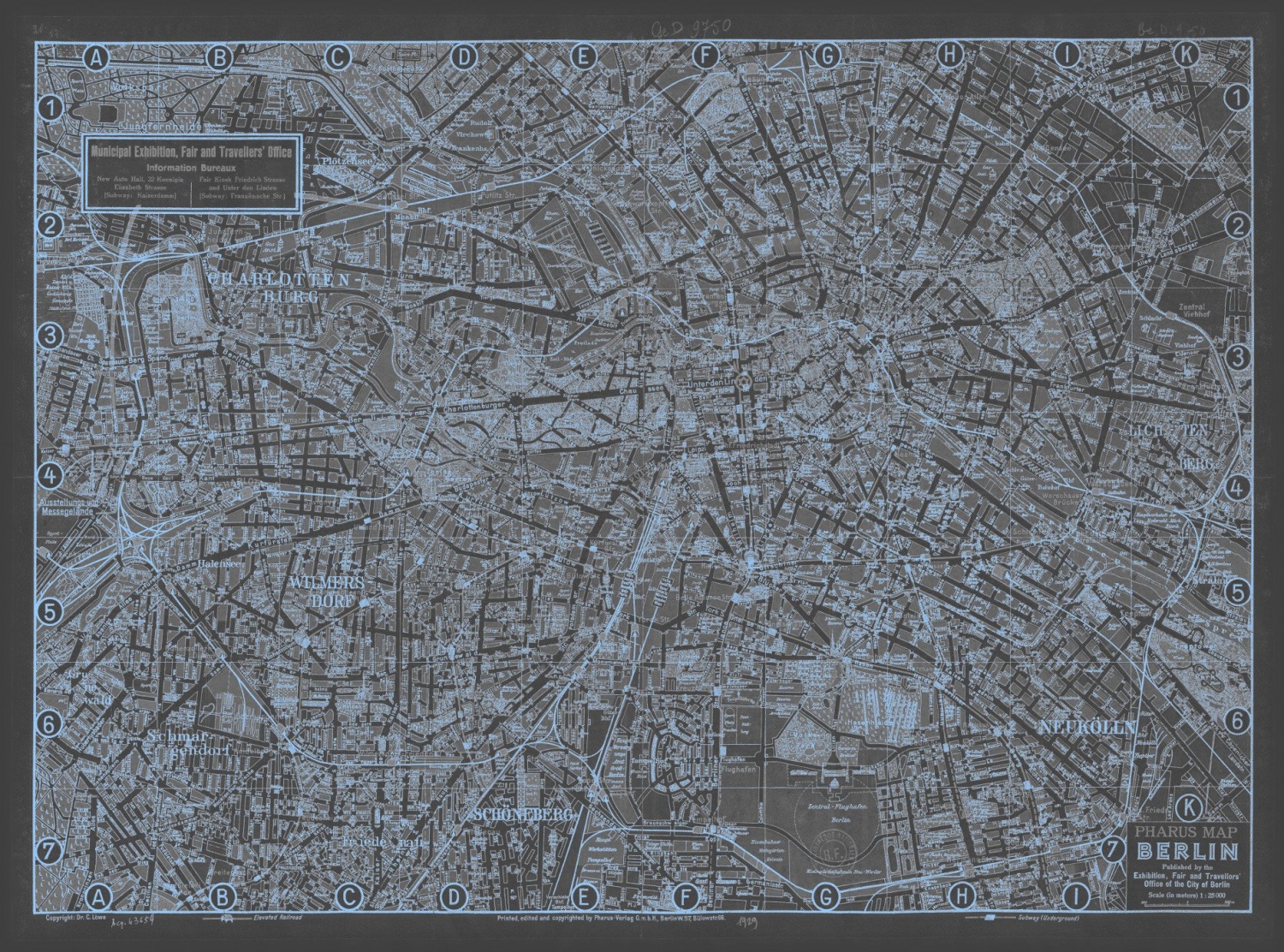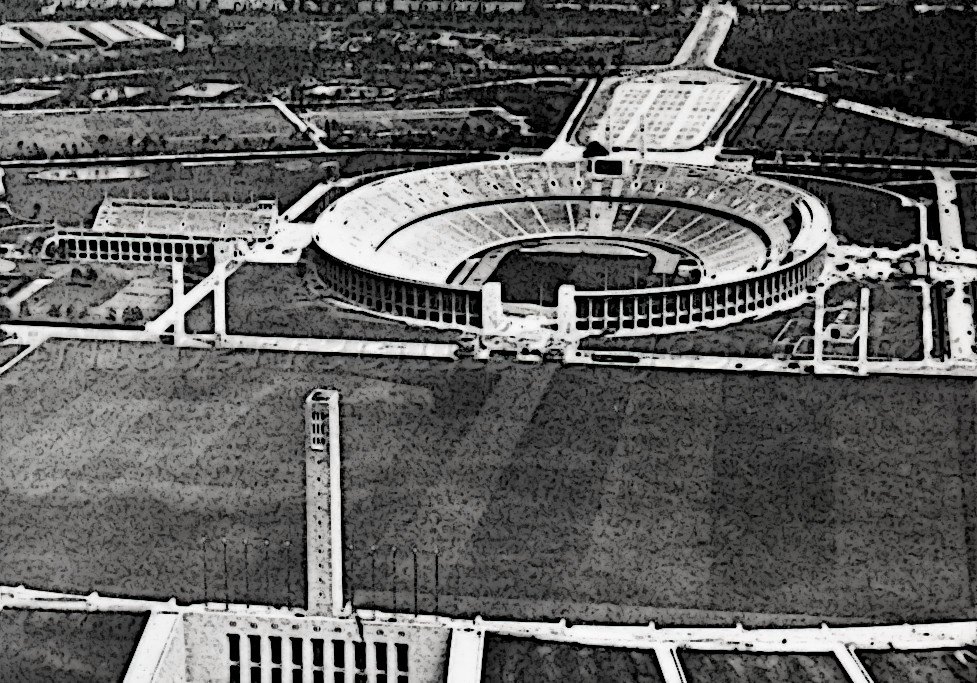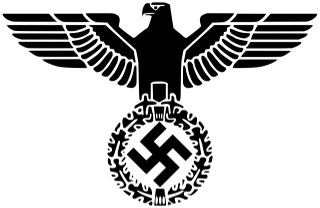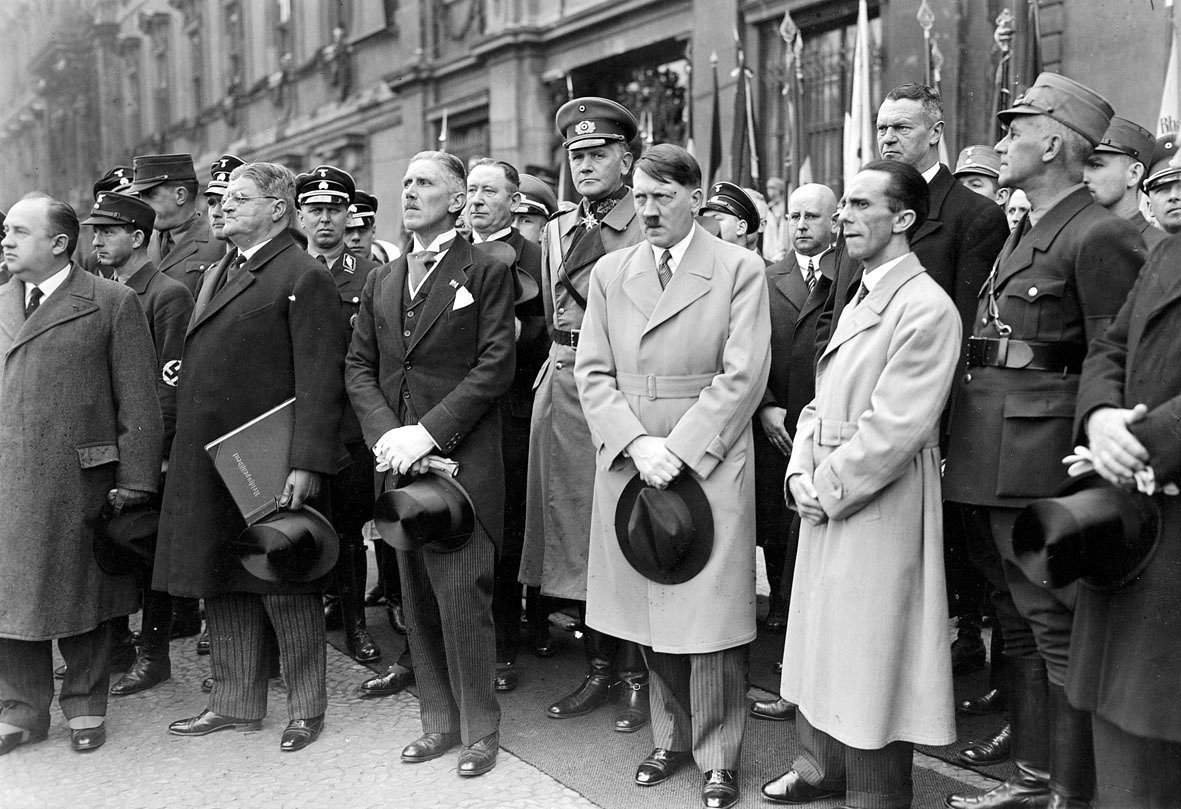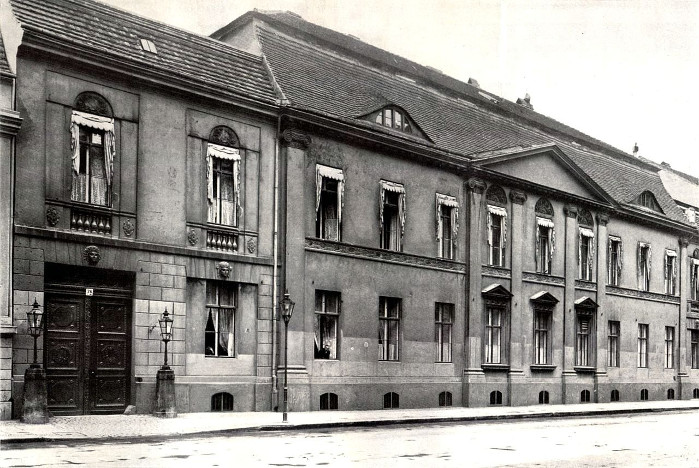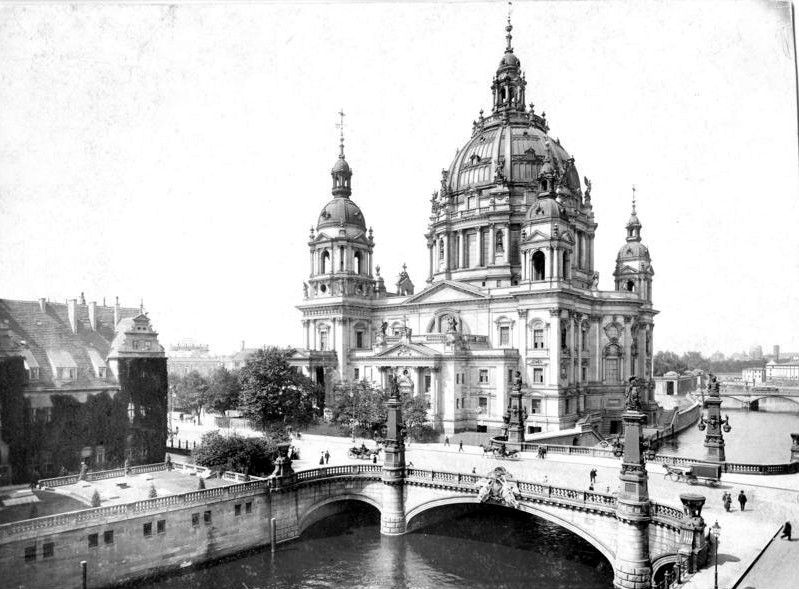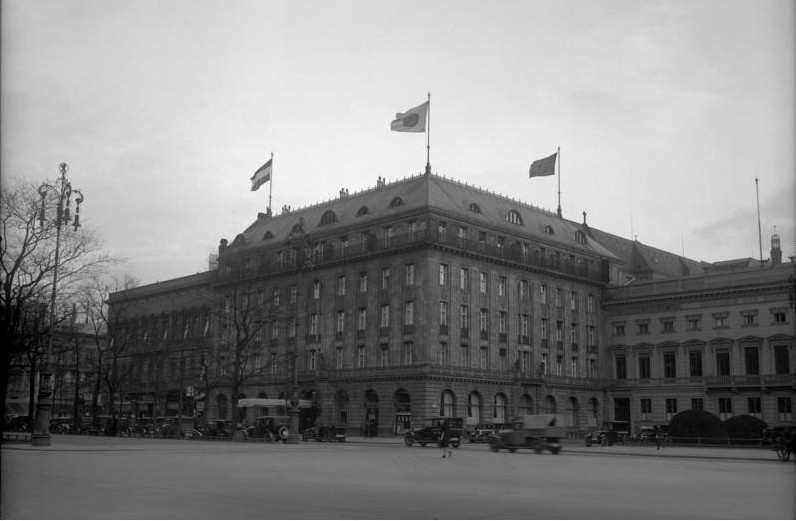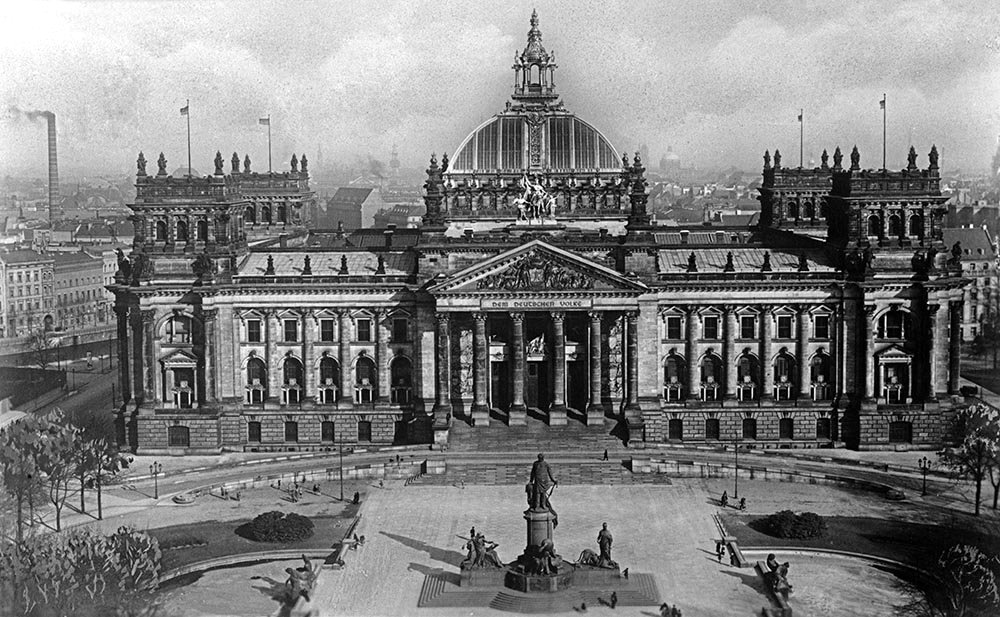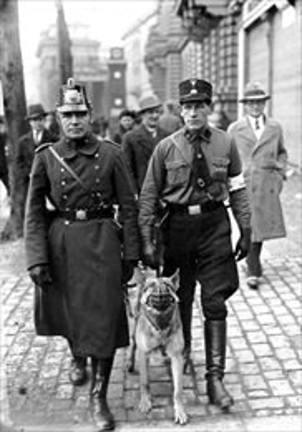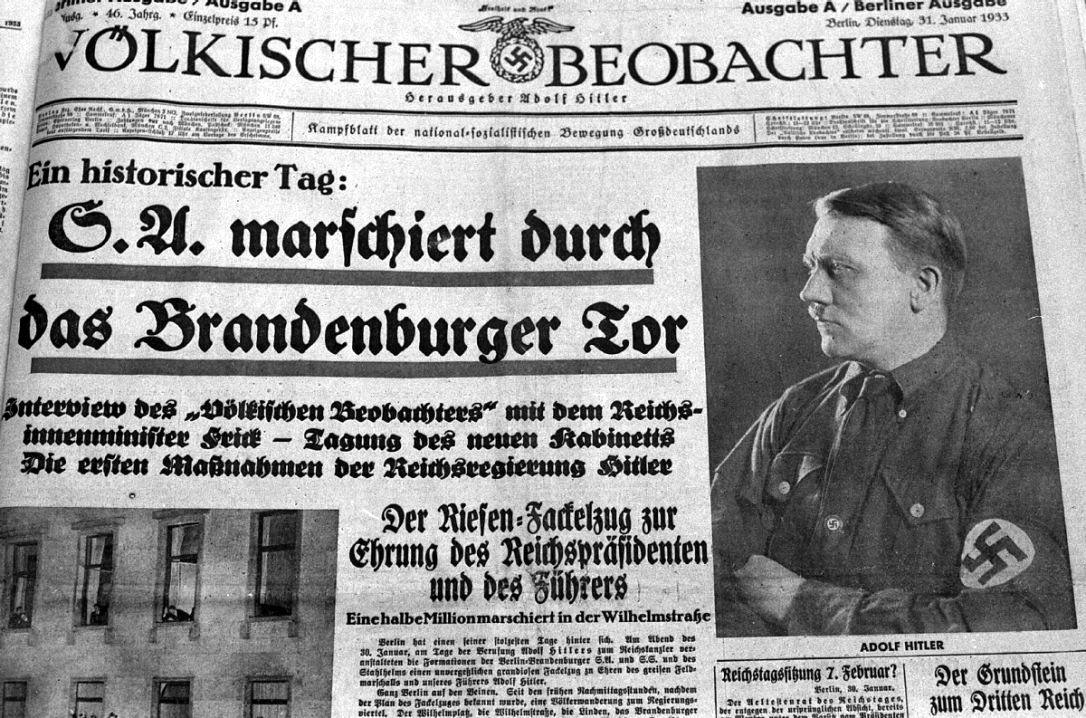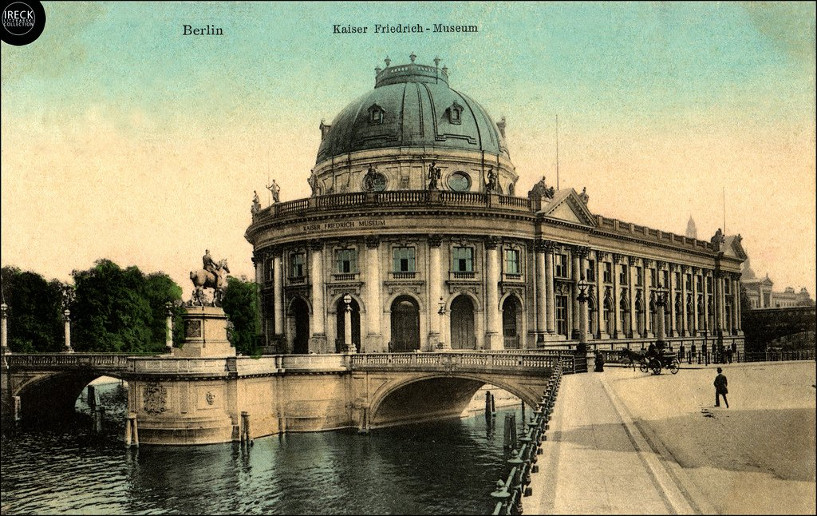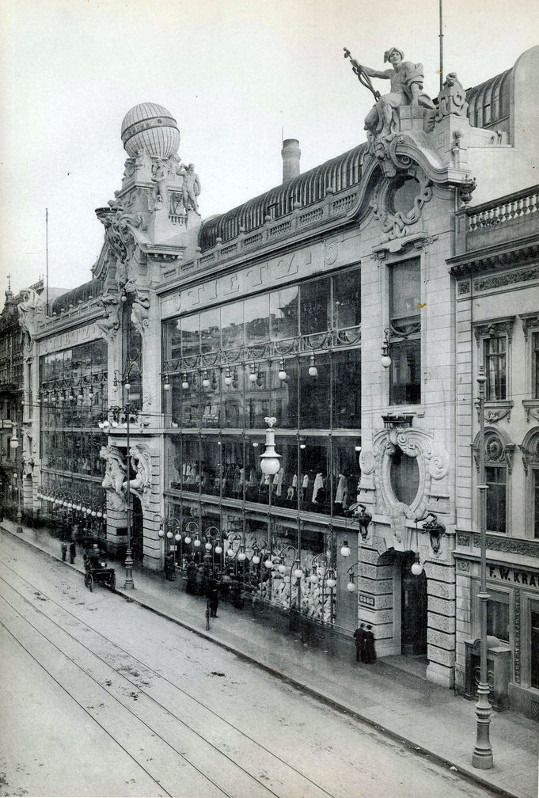Berlin 1933: Difference between revisions
| Line 767: | Line 767: | ||
=== <span style="color:#4B0082;"> '''Die Magier:''' Verbena vs Technocracy === | === <span style="color:#4B0082;"> '''Die Magier:''' Verbena vs Technocracy === | ||
==== <span style="color:#4B0082;"> Norse Magi ==== | ==== <span style="color:#4B0082;"> Norse Magi ==== | ||
[[File:LogoTradVerbena.png| | [[File:LogoTradVerbena.png|200px]] | ||
===== <span style="color:#4B0082;"> Iron Circle ===== | ===== <span style="color:#4B0082;"> Iron Circle ===== | ||
Verbena rune-mages. | Verbena rune-mages. | ||
Revision as of 00:14, 1 February 2017
- Germany -x- Berlin -x- Alternative Berlin
Präludium: A City's Journey into Darkness
At the end of World War I, monarchy and aristocracy was overthrown and Germany became a republic, known as the Weimar Republic. Berlin remained the capital, but faced a series of threats from the far left and far right.
In late 1918 politicians inspired by the Communist Revolution in Russia founded the Communist Party of Germany (Kommunistische Partei Deutschlands, KPD). In January 1919 it tried to seize power in the Spartacist revolt). The coup failed and at the end of the month right-wing Freikorps forces killed the Communist leaders Rosa Luxemburg and Karl Liebknecht.
In March 1920 Wolfgang Kapp, founder of the right wing German Fatherland Party (Deutsche Vaterlands-Partei), tried to bring down the government. The Berlin garrison chose his side, and the government buildings were occupied (the government had already left Berlin). A general strike stopped the putsch being successful.
In October 1, 1920: The Greater Berlin Act created "Greater Berlin" (Groß-Berlin) by incorporating several neighboring towns and villages like Charlottenburg, Köpenick or Spandau from the Province of Brandenburg into the city; Berlin's population doubled overnight from about 2 to nearly 4 million inhabitants.
In 1922: The foreign minister Walther Rathenau was murdered in Berlin, and half a million people attended his funeral.
The economic situation was bad. Germany owed reparation money after the Treaty of Versailles. The sums were reduced and paid using loans from New York banks. In response to French occupation, the government reacted by printing so much money that inflation was enormous. Especially pensioners lost their savings; everyone else lost their debts. At the worst point of the inflation one dollar was worth about 4.2 trillion marks. From 1924 onwards the situation became better because of newly arranged agreements with the allied forces, American help, and a sounder fiscal policy. The heyday of Berlin began. It became the largest industrial city of the continent. People like the architect Walter Gropius, physicist Albert Einstein, painter George Grosz and writers Arnold Zweig, Bertolt Brecht and Kurt Tucholsky made Berlin one of the major cultural centers of Europe. Brecht spent his last years in the Weimar-era Berlin (1930–1933) working with his ‘collective’ on the Lehrstücke. Night life bloomed in 1920s Berlin.
In 1922, the railway system, that connected Berlin to its neighboring cities and villages was electrified and transformed into the S-Bahn, and a year later Tempelhof airport was opened. Berlin was the second biggest inland harbor of the country. All this infrastructure was needed to transport and feed the over 4 million Berliners.
Before the 1929 crash, 450,000 people were unemployed. In the same year Adolf Hitler's Nazi Party won its first seats in the city parliament. Nazi Propaganda chief Joseph Goebbels became Gauleiter (party district leader) of Berlin in 1926. On July 20, 1932, the Prussian government under Otto Braun in Berlin was dismissed by presidential decree. The republic was nearing its breakdown, under attack by extreme forces from the right and the left. On January 30, 1933, Hitler became Chancellor of Germany.
Quote
"We like our Berlin immensely -- an ugly place it must be to anyone who comes to it hipped or solitary..." -- George Elliot
Appearance
City Device
Climate
Berlin has a Maritime temperate climate according to the Köppen climate classification system. There are significant influences of mild continental climate due to its inland position, with frosts being common in winter and there being larger temperature differences between seasons than typical for many oceanic climates. Summers are warm and sometimes humid with average high temperatures of 22–25 °C (72–77 °F) and lows of 12–14 °C (54–57 °F). Winters are cool with average high temperatures of 3 °C (37 °F) and lows of −2 to 0 °C (28 to 32 °F). Spring and autumn are generally chilly to mild. Berlin's built-up area creates a microclimate, with heat stored by the city's buildings and pavement. Temperatures can be 4 °C (7 °F) higher in the city than in the surrounding areas.
Annual precipitation is 570 millimeters (22 in) with moderate rainfall throughout the year. Snowfall mainly occurs from December through March.
Calendars
Demonym
Berliner
Economy of Nazi Germany
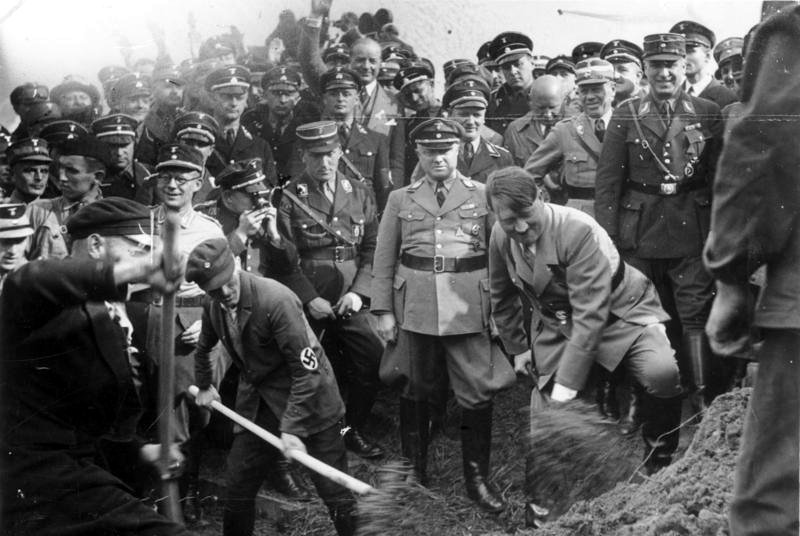
The German economy, like those of many other western nations, suffered the effects of the Great Depression with unemployment soaring around the Wall Street Crash of 1929. When Hitler became Chancellor in 1933, he introduced policies aimed at improving the economy of Nazi Germany. The changes included privatization of state industries, autarky, and tariffs on imports. Wages increased by 10.9% in real terms during this period. However, reduced foreign trade meant rationing in consumer goods like poultry, fruit, and clothing for many Germans.
By the early 1940s, over 500 companies in key German industries had been nationalized, mostly accomplished through the creation of the Reichswerke Hermann Göring in 1937. Multi-national industries in occupied territory were particularly targeted for state ownership, where the Reichswerke absorbed between approximately “50 – 60 per cent” of heavy industry in Czech and slightly less in Austria. The Göring industrial empire was a major attempt towards “restricting private industrial capitalism and substituting a ‘völkisch’, state-run industrial economy.”
In 1934 Hjalmar Schacht, the Reich Minister of Economics, introduced the Mefo bills, allowing Germany to rearm without spending Reichsmarks but instead paying industry with Mefo bills (Government IOU's) which they could trade with each other. Between 1933 and 1939 the total revenue amounted to 62 billion marks, whereas expenditure (at times comprising up to 60% rearmament costs) exceeded 101 billion, thus causing a huge deficit and national debt (reaching 38 billion marks in 1939 and coinciding with Kristallnacht [November 1938] and with intensified persecutions of Jews and the outbreak of World War II.) By 1938 unemployment was practically extinct.
Geography
Verwaltungsbezirke: The Greater Berlin Act
he Greater Berlin Act (German: Groß-Berlin-Gesetz), in full the Law Regarding the Reconstruction of the New Local Authority of Berlin (German: Gesetz über die Bildung einer neuen Stadtgemeinde Berlin), was a law passed by the Prussian government in 1920 that greatly expanded the size of the German capital of Berlin.
History
Berlin had been part of the Province of Brandenburg since 1815. On 1 April 1881, the city became Stadtkreis Berlin, a city district separate from Brandenburg. The Greater Berlin Act was passed by the Prussian parliament on 27 April 1920 and came into effect on 1 October of the same year. The region then termed Greater Berlin acquired territories from the Province of Brandenburg and consisted of the following:
- -- Alt-Berlin -- The old city of Berlin.
- -- The seven towns that surrounded Berlin: Charlottenburg, Köpenick, Lichtenberg, Neukölln, Schöneberg, Spandau and Wilmersdorf.
- -- Fifty-nine rural communities and twenty-seven estate districts from the surrounding districts of Niederbarnim, Osthavelland and Teltow.
- -- The grounds of the Berliner Stadtschloss (which curiously, until this point, formed an estate district in its own right).
The act increased the area of Berlin 13-fold from 66 km² (25.5 mi²) to 883 km² (341 mi²) and the population doubled from approximately 1.9 million to near 4 million, with almost 1.2 million of these new inhabitants coming from the 7 surrounding towns alone.
Greater Berlin
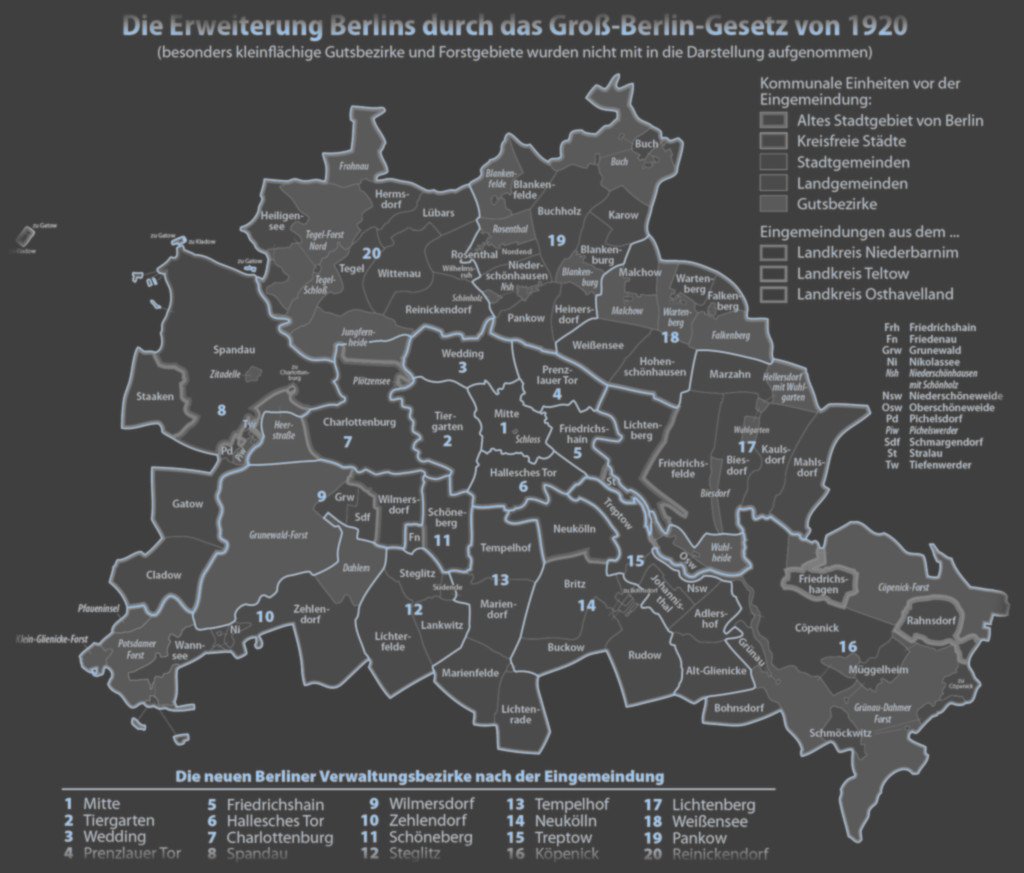
Greater Berlin was then sub-divided into 20 boroughs (Verwaltungsbezirke):
- -- Alt-Berlin (Mitte, Tiergarten, Wedding, Prenzlauer Berg, Kreuzberg and Friedrichshain)
- -- The seven previously independent towns (Charlottenburg, Köpenick, Lichtenberg, Neukölln, Schöneberg, Spandau and Wilmersdorf).
- -- The seven new boroughs created from the remaining added areas, each named after the largest village in the area at the time (Pankow, Reinickendorf, Steglitz, Tempelhof, Treptow, Weißensee and Zehlendorf).
Through this law, it became possible to implement integrated town planning across the whole of Greater Berlin. With this, the act was an important foundation for the rise of Berlin to a cultural centre of Europe in the 1920s.
Terminology
- -- Verwaltungsbezirke -- A borough of Berlin. (Short form: Bezirke)
- -- Ortsteile -- A sub-districts or neighborhood of Berlin.
- -- Kiez -- The smaller residential areas or quarters which commonly make up the sub-districts. The term Kiez is from the Berlin dialect.
Each borough is governed by a borough council (Bezirksamt) consisting of five councilors (Bezirksstadträte) including the borough mayor (Bezirksbürgermeister). The borough council is elected by the borough assembly (Bezirksverordnetenversammlung). The boroughs of Berlin are not independent municipalities. The power of borough administration is limited and subordinate to the Senate of Berlin. The borough mayors form the council of mayors (Rat der Bürgermeister), led by the city's governing mayor, which advises the senate. The neighborhoods have no local government bodies.
Boroughs
Alt-Berlin
- -- Mitte 1933 --
- -- Tiergarten 1933 --
- -- Wedding 1933 --
- -- Prenzlauer Berg 1933 --
- -- Kreuzberg 1933 --
- -- Friedrichshain 1933 --
The Seven Formerly Independent Towns
- -- Charlottenburg 1933 --
- -- Köpenick 1933 --
- -- Lichtenberg 1933 --
- -- Neukölln 1933 --
- -- Schöneberg 1933 --
- -- Spandau 1933 --
- -- Wilmersdorf 1933 --
The Seven New Boroughs
- -- Pankow 1933 --
- -- Reinickendorf 1933 --
- -- Steglitz 1933 --
- -- Tempelhof 1933 --
- -- Treptow 1933 --
- -- Weißensee 1933 --
- -- Zehlendorf 1933 --
History
Berlin Heute und Berlin Morgen: The Approaching Storm
By 1931, the Great Depression had severely damaged the city's economy. Politics were in chaos, as militias controlled by the Nazis and the Communists fought for control of the streets. President Hindenburg made Hitler Chancellor in January 1933, and the Nazis quickly moved to take complete control of the entire nation. On February 27, 1933 a left-wing radical was alleged to have set afire the Reichstag building (a fire which was later believed to have been set by the Nazis themselves); the fire gave Hitler the opportunity to set aside the constitution. Tens of thousands of the political opponents fled into exile, or were imprisoned. All civic organizations, except the churches, came under Nazi control.
Around 1933, some 160,000 Jews were living in Berlin: one third of all German Jews, 4% of the Berlin population. A third of them were poor immigrants from Eastern Europe, who lived mainly in the Scheunenviertel near Alexanderplatz. The Jews were persecuted from the beginning of the Nazi regime. In March, all Jewish doctors had to leave the Charité hospital. In the first week of April, Nazi officials ordered the German population not to buy from Jewish shops.
The 1936 Summer Olympics were held in Berlin and used as a showcase for Nazi Germany (though the Games had been given to Germany before 1933). In order to not alienate the foreign visitors, the "forbidden for Jews" signs were temporarily removed.
Nazi rule destroyed Berlin's Jewish community, which numbered 160,000 before the Nazis came to power. After the pogrom of Kristallnacht in 1938, thousands of the city's Jews were imprisoned. Around 1939, there were still 75,000 Jews living in Berlin. The majority of German Jews in Berlin were taken to the Grunewald railway station in early 1943 and shipped in stock cars to death camps such as the Auschwitz, where most were murdered in the Holocaust. Only some 1200 Jews survived in Berlin by hiding.
Thirty kilometers (19 mi) northwest of Berlin, near Oranienburg, was Sachsenhausen concentration camp, where mainly political opponents and Russian prisoners of war were incarcerated. Tens of thousands died there. Sachsenhausen had subcamps near industries, where the prisoners had to work. Many of these camps were in Berlin.
Population
- -- City (4,242,501) - June 16, 1933 census
Arenas
- -- Olympiastadion (Olympic Stadium)
Attractions
- -- Kroll Opera House -- The Kroll Opera House (German: Krolloper) was an opera building located in the central Tiergarten district on the western edge of the Königsplatz square (today Platz der Republik), facing the Reichstag building.
Cabaret Culture

Weimar cabaret was a feature of late 1920s Germany, which has become known for its high living, vibrant urban life and the popularization of new styles of music and dance. Having previously lived under authoritarian government, where entertainment and social activities were tightly regulated, many Germans thrived on the relaxed social attitudes of Weimar. The influx of American money and the economic revival of the mid to late 1920s encouraged celebration, spending and decadence. According to some historians, this extravagance may have been driven by a realization that this prosperity was both artificial and temporary. Many Germans spent big and partied hard, aware that both the economy and the government were destined to fail. The late Weimar era was one of liberal ideas, new forms of expression and hedonism (pleasure-seeking). Weimar music, dance and entertainment was criticized by radicals on both sides of politics. The socialists believed it represented the wastefulness of capitalism; right-wing groups and reactionaries claimed it was evidence of weak government, resulting in moral decay and corruption.
The late Weimar era, or ‘Golden Age of Weimar’, was particularly known for its cabarets. Most cabarets were restaurants or nightclubs where patrons sat at tables and were entertained by a procession of singers, dancers and comedians atop a small stage. Cabaret was in fact a French invention that dated back to the 1880s. Perhaps the most famous of all French cabarets, the Moulin Rouge, was notorious for allowing lewd dancing and employing prostitutes as dancers and waitresses. The German form, "Kabarett," was at first more conservative and low-key. Berlin’s first cabaret nightclub dated back to 1901, however during the reign of Kaiser Wilhelm II, German cabarets were not permitted to perform or promote bawdy humor, provocative dancing or political satire.
After World War I cabarets became enormously popular across Europe – and nowhere were they more popular than Germany. The Weimar government’s lifting of censorship saw German cabarets transform and flourish. Entertainment in the cabaret of Berlin, Munich and other cities was soon dominated by two themes: sex and politics. Stories, jokes, songs and dancing were laced with sexual innuendo. As the 1920s progressed this gave way to open displays of nudity, to the point where most German cabarets had at least some topless dancers. Some cabarets were patronised by gay men, lesbians and transvestites; once forced to conceal their sexuality, they seized upon the liberality of the cabaret scene to openly display and discuss it. The reactionaries and wowsers loathed it, of course. The Austrian writer Stefan Zweig condemned Berlin’s cabaret scene, and the effect it was having on the nation’s social fabric:
"Berlin transformed itself into the Babel of the world. Germans brought to perversion all their vehemence and love of system. Made-up boys with artificial waistlines promenaded along the Kurfiirstendamm … Even [ancient] Rome had not known orgies like the Berlin transvestite balls, where hundreds of men in women’s clothes and women in men’s clothes danced under the benevolent eyes of the police. Amid the general collapse of values, a kind of insanity took hold of precisely those middle-class circles which had hitherto been unshakeable in their order. Young ladies proudly boasted that they were perverted; to be suspected of virginity at sixteen would have been considered a disgrace in every school in Berlin."
The cabarets also provided Germans with an outlet for political views and criticism. A good deal of the stand-up comedy on cabaret stages was done by ‘political humourists’, who ridiculed all points along the political spectrum. Their mockery, parody and satire was ‘anything goes’; no leader, party, policy or idea was spared. Some of it was personal rather than political: Friedrich Ebert was mocked for his weight, while the appearance and mannerisms of Nazi leader Adolf Hitler were ridiculed during the late 1920s. But some cabaret performers asked more substantial political questions. One asked ‘How socialist is the Social Democratic Party?’ while another queried whether Germany was really a republic or was still being run by aristocrats and industrialists. Many comperes and comedians harked back to the ‘good old days’ of imperial Germany: when taxes were low, bread was cheap and meat was plentiful. Cabaret songs often contained a political subtext. Mischa Spoliansky’s popular tune, It’s All A Swindle (1931), was a typical example:
"Politicians are magicians"
"Who make swindles disappear"
"The bribes they are taking"
"The deals they are making"
"Never reach the public’s ear"
"The left betrays, the right dismays"
"The country’s broke – and guess who pays?"
"But tax each swindle in the making"
"Profits will be record breaking"
"Everyone swindles some"
"So vote for who will steal for you."
Source: J. Llewellyn et al, “Weimar cabaret”, Alpha History, 2014, accessed [12-30-16], [1].
Kabarett of Note
- -- Der tanzende Bär -- A cabaret, known locally as the "Dancing Bear", located at the corner of Dircksenstraße and Stralauer Street. While originally popular with stevedores and sailors, it has become one of the unofficial watering holes of the Sturmabteilung. The Brownshirts like their cabaret to themselves and can be quite unfriendly to those who do not share their politics and philosophy.
- -- Weisse Maus -- The Weisse Maus, the White Mouse was perhaps one of the most genuine cabarets of 1920s Berlin, starring the infamous Anita Berber. This striking redhead was the darling of Berlin nightlife. Not only a daring exotic stage dancer and silent film star, she was a fashion trend setter. After closing her shows at night, she was known to go out in her sumptuous mink coats, utterly naked underneath.
Cemeteries
City Government
Crime
Prostitution rose in Berlin and elsewhere in the areas of Europe left ravaged by World War I. This means of survival for desperate women, and sometimes men, became normalized to a degree in the 1920s. During the war, venereal diseases such as syphilis and gonorrhea spread at a rate that warranted government attention. Soldiers at the front contracted these diseases from prostitutes, so the German army responded by granting approval to certain brothels that were inspected by their own medical doctors, and soldiers were rationed coupon books for sexual services at these establishments. Homosexual behaviour was also documented among soldiers at the front. Soldiers returning to Berlin at the end of the War had a different attitude towards their own sexual behaviour than they had a few years previously. Prostitution was frowned on by respectable Berliners, but it continued to the point of becoming entrenched in the city's underground economy and culture. First women with no other means of support turned to the trade, then youths of both genders.
Crime in general developed in parallel with prostitution in the city, beginning as petty thefts and other crimes linked to the need to survive in the war's aftermath. Berlin eventually acquired a reputation as a hub of drug dealing (cocaine, heroin, tranquilizers) and the black market. The police identified 62 organized criminal gangs in Berlin, called Ringvereine. The German public also became fascinated with reports of homicides, especially "lust murders" or Lustmord. Publishers met this demand with inexpensive criminal novels called Krimi, which like the film noir of the era (such as the classic M), explored methods of scientific detection and psychosexual analysis.
Apart from the new tolerance for behaviour that was technically still illegal, and viewed by a large part of society as immoral, there were other developments in Berlin culture that shocked many visitors to the city. Thrill-seekers came to the city in search of adventure, and booksellers sold many editions of guide books to Berlin's erotic night entertainment venues. There were an estimated 500 such establishments, that included a large number of homosexual venues for men and for lesbians; sometimes transvestites of one or both genders were admitted, otherwise there were at least 5 known establishments that were exclusively for a transvestite clientèle. There were also several nudist venues. Berlin also had a museum of sexuality during the Weimar period, at Dr. Magnus Hirschfeld's Institute of Sexology. These were nearly all closed when the Nazi regime became a dictatorship in 1933.
Artists in Berlin became fused with the city's underground culture as the borders between cabaret and legitimate theatre blurred. Anita Berber, a dancer and actress, became notorious throughout the city and beyond for her erotic performances (as well as her cocaine addiction and erratic behaviour). She was painted by Otto Dix, and socialized in the same circles as Klaus Mann.
Brothels
Independent Prostitutes
Drug Dealers
Krimi
Lustmord
A lust murder is a homicide in which the offender searches for erotic satisfaction by killing someone. Lust murder is synonymous with the paraphilic term erotophonophilia, which is sexual arousal or gratification contingent on the death of a human being. The phrase "lust killing" stems from the original work of Richard von Krafft-Ebing in his 1898 discussion of sadistic homicides. Commonly, this type of crime is manifested either by murder during sexual activity, by mutilating the sexual organs or areas of the victim's body, or by murder and mutilation. The mutilation of the victim may include evisceration, displacement of the sexual organs, or both. The mutilation usually takes place postmortem. Although the killing sequence may include an act of sexual intercourse, sexual intercourse does not always occur, and other types of sexual acts may be part of the homicide.
Ringvereine
The Ringvereine (English: "Ring clubs", as members identified themselves by wearing a ring) were criminal gangs operating in late 19th and early 20th century Germany, notably the Wiemar period. Ostensibly convicts associations formed in the 1890s to aid their reintegration to society, the Ringvereine became convenient fronts for illegal activities as well as providing a ready network of underworld contacts. Like the Mafia, these associations also followed certain rules and a code-of-conduct. Since these groups practiced witness intimidation and members provided alibis for one another, it was difficult to prove their involvement in a crime.
When the Nazis came to power in 1933 they promised to restore law and order and outlawed Ringvereine associations. Nevertheless, despite being banned and the best efforts of the Nazi regime, these organized gangs would persist for a number of years.
Citizens of the City
The Nazi Party
 Adolf Hitler -- "Chancellor of Germany - 1933" Adolf Hitler -- "Chancellor of Germany - 1933"
|
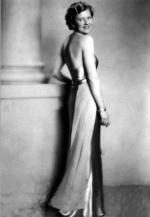 Eva Braun -- "Hitler's Mistress - 1933" Eva Braun -- "Hitler's Mistress - 1933"
|
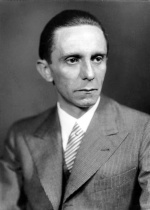 Joseph Goebbels -- "Reich Minister of Propaganda - 1933" Joseph Goebbels -- "Reich Minister of Propaganda - 1933"
|
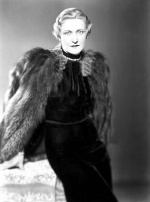 Magda Goebbels -- A prominent member of the Nazi Party and wife of Nazi Germany's Propaganda Minister Joseph Goebbels - 1933 Magda Goebbels -- A prominent member of the Nazi Party and wife of Nazi Germany's Propaganda Minister Joseph Goebbels - 1933
|
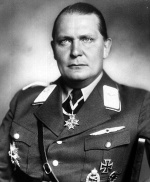 Hermann Goering -- "President of the Reichstag - 1933" Hermann Goering -- "President of the Reichstag - 1933"
|
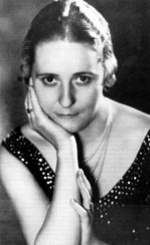 Emmy Sonnemann -- "Prominent actress at the National Theatre in Weimar - 1933" Emmy Sonnemann -- "Prominent actress at the National Theatre in Weimar - 1933"
|
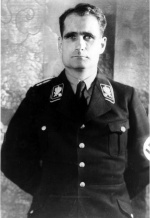 Rudolf Hess -- "Deputy Führer - 1933" Rudolf Hess -- "Deputy Führer - 1933"
|
150px Martin Bormann -- "Personal Secretary to the Deputy Führer - 1933" |
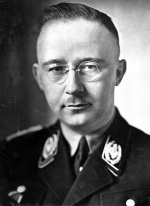 Heinrich Himmler -- "Reichsführer-SS - 1933" Heinrich Himmler -- "Reichsführer-SS - 1933"
|
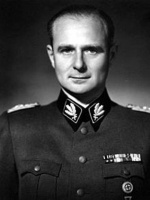 Karl Wolff -- "SS-Oberführer - 1933" Karl Wolff -- "SS-Oberführer - 1933"
|
| 150px Robert Ley -- "Head of the German Labour Front - 1933" |
| 150px Wilhelm Keitel -- - 1933 |
| 150px Josef Dietrich -- - 1933 |
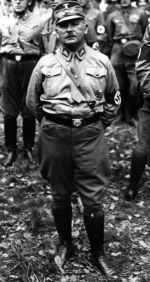 Ernst Röhm -- - 1933 Ernst Röhm -- - 1933
|
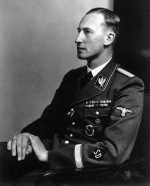 Reinhard Heydrich -- SS-Obergruppenführer und General der Polizei (Senior Group Leader and Chief of Police) - 1933 Reinhard Heydrich -- SS-Obergruppenführer und General der Polizei (Senior Group Leader and Chief of Police) - 1933
|
| 150px Adolf Eichmann -- - 1933 |
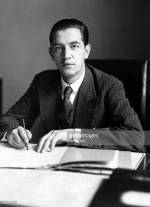 Rudolf Diels -- - 1933 Rudolf Diels -- - 1933
|
| 100px [[]] -- - 1933 |
| 100px [[]] -- - 1933 |
| 100px [[]] -- - 1933 |
| 100px [[]] -- - 1933 |
| 100px [[]] -- - 1933 |
| 100px [[]] -- - 1933 |
| 100px [[]] -- - 1933 |
| 100px [[]] -- - 1933 |
| 100px [[]] -- - 1933 |
| 100px [[]] -- - 1933 |
| 100px [[]] -- - 1933 |
| 100px [[]] -- - 1933 |
| 100px [[]] -- - 1933 |
| 100px [[]] -- - 1933 |
| 100px [[]] -- - 1933 |
| 100px [[]] -- - 1933 |
Other German Citizens
- -- German Citizen - 1933 -- Character Prototype
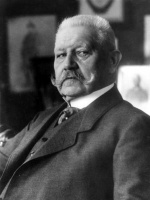 Paul von Hindenburg -- The second President of Germany from 1925–34 - 1933 Paul von Hindenburg -- The second President of Germany from 1925–34 - 1933
|
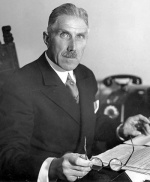 Franz von Papen -- He served as Chancellor of Germany in 1932 and as Vice-Chancellor under Adolf Hitler - 1933 Franz von Papen -- He served as Chancellor of Germany in 1932 and as Vice-Chancellor under Adolf Hitler - 1933
|
| 150px Marlene Dietrich -- - 1933 |
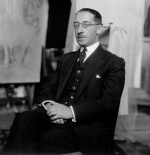 Bernhard Weiß -- Deputy Police Chief of Berlin - 1933 Bernhard Weiß -- Deputy Police Chief of Berlin - 1933
|
| 150px Erich Raeder -- Admiral and Commander-in-Chief of the Reichsmarine - 1933 |
| 150px Erich Ludendorff -- - 1933 |
| 150px August von Mackensen -- - 1933 |
| 150px Max Schreck -- - 1933 |
| 150px Brigitte Helm -- - 1933 |
| 150px Leni Riefenstahl -- - 1933 |
| 150px Richard Strauss -- - 1933 |
| 150px Josef Mengele -- Todesengel (Angel of Death) - 1933 |
| 100px Albert Einstein -- - 1933 |
| 100px [[]] -- - 1933 |
| 100px [[]] -- - 1933 |
| 100px [[]] -- - 1933 |
| 100px [[]] -- - 1933 |
| 100px [[]] -- - 1933 |
| 100px [[]] -- - 1933 |
| 100px [[]] -- - 1933 |
| 100px [[]] -- - 1933 |
| 100px [[]] -- - 1933 |
| 100px [[]] -- - 1933 |
| 100px [[]] -- - 1933 |
| 100px [[]] -- - 1933 |
| 100px [[]] -- - 1933 |
| 100px [[]] -- - 1933 |
Mortal Time-Travelers
Fünf Schicksale: "Five travelers from the future returned to the past and altered the history of Germany at its most critical moment. But which five?"
| File:Time Traveler Cassandra von Siekert.jpg Cassandra von Siekert -- Brazilian Heiress - 1933 |
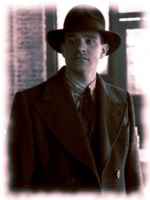 Morgan Eberhardt -- Dark Magician - 1933 Morgan Eberhardt -- Dark Magician - 1933
|
| File:Time Traveler Brian Portner.jpg Brian Portner -- Norse Occultist - 1933 |
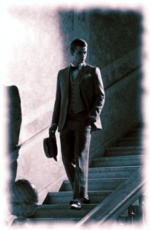 Jason Mayer -- South German Gunsmith - 1933 Jason Mayer -- South German Gunsmith - 1933
|
| File:Time Traveler Brenda Messerli.jpg Brenda Messerli -- Dark Spiritualist - 1933 |
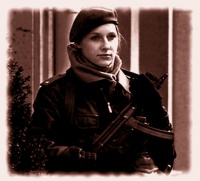 Luitgard Brun -- - 1933 Luitgard Brun -- - 1933
|
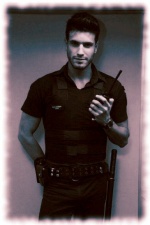 Manuel Mueller -- - 1933 Manuel Mueller -- - 1933
|
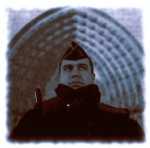 Andreas Strobel -- - 1933 Andreas Strobel -- - 1933
|
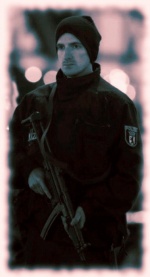 Elias Weigand -- - 1933 Elias Weigand -- - 1933
|
| 150px [[]] -- - 1933 |
Fortifications
- -- Spandau Prison -- Spandau Prison was located in the borough of Spandau in western Berlin. It was constructed in 1876 and demolished in 1987 after the death of its last prisoner, Rudolf Hess, to prevent it from becoming a neo-Nazi shrine. The site was later rebuilt as a shopping centre for the British forces stationed in Germany.
Galleries
German Intelligence
- -- Auswärtiges Amt -- The Federal Foreign Office, abbreviated AA, is the foreign ministry of the Federal Republic of Germany, a federal agency responsible for both the country's foreign politics and its relationship with the European Union. It is a cabinet-level ministry.
- -- Sicherheitsdienst -- Referred to in its full title as the "Sicherheitsdienst des Reichsführers-SS" (English: Security Service of the Reichsführer-SS), or SD, was the intelligence agency of the SS and the Nazi Party in Nazi Germany.
Holy Ground
- -- Berliner Dom -- is the short name for the Evangelical Supreme Parish and Collegiate Church (German: Oberpfarr- und Domkirche zu Berlin) in Berlin, Germany. It is located on Museum Island in the Mitte borough. The current building was finished in 1905 and is a main work of Historicist architecture of the "Kaiserzeit".
Hospitals
Hotels & Hostels
- -- Hotel Adlon -- The legendary original Hotel Adlon was one of the most famous hotels in Europe.
- -- Hotel Kaiserhof -- Hotel Kaiserhof was a luxury hotel in Wilhelmplatz, it was Berlin's first "grand hotel" and a popular hangout for prominent Nazis from the 1920s -1940s.
- -- Hotel Esplanade Berlin -- Hotel Esplanade once stood on Berlin’s busy transport and nightlife hub Potsdamer Platz. During its colourful and turbulent history it went from being one of the German capital’s most luxurious and celebrated hotels to a bombed-out ruin lost in the wastelands alongside the Berlin Wall.
- -- Hotel Excelsior -- Hotel Excelsior occupied number 112/113, Königgrätzer Straße (today’s Stresemannstrasse) on Askanischer Platz in the Berlin district of Kreuzberg. It was once one of the largest and most luxurious hotels in Europe but its destruction during World War II resigned it to the German capital's list of lost historical landmarks.
- -- Gasthaus neun Ferkel -- An inexpensive, but surprisingly comfortable 17th century inn, lost in the medieval streets of Altberlin. (Your character's place of residence)
Landmarks
- -- Reichstagsgebäude -- The Reichstag building is a historical edifice constructed to house the Imperial Diet (German: Reichstag), of the German Empire.
- -- Prinz-Albrecht-Straße -- is a street in Berlin, then named Prinz Albrecht Straße, it is best known for having been the location of the headquarters of the Reich Main Security Office, SD, Gestapo and the SS in Nazi Germany.
Law Enforcement
- -- Hilfspolizei -- The Hilfspolizei (abbreviated Hipo; literally: auxiliary police) was a short-lived auxiliary police force in Nazi Germany in 1933.
- -- Schutzpolizei -- Or Schupo for short, is a branch of the Landespolizei, the state (Land) level police of the German states. Schutzpolizei literally means security or protection police but is best translated as uniformed police.
- -- Ordnungspolizei -- The Ordnungspolizei, Order Police), abbreviated Orpo, were the uniformed police force in Nazi Germany between 1936 and 1945.
- -- Gestapo -- An abbreviation of Geheime Staatspolizei, or the Secret State Police, was the official secret police of Nazi Germany and German-occupied Europe.
- -- Kripo -- Kriminalpolizei (English: Criminal Police) is the standard term for the criminal investigation agency within the police forces of Germany, Austria and the German-speaking cantons of Switzerland.
Mass Media
Film
Newspapers
Radio
Television
Monuments
Museums
- -- Kaiser-Friedrich-Museum -- The museum was designed by architect Ernst von Ihne and completed in 1904. Originally called the Kaiser-Friedrich-Museum after Emperor Frederick III, the museum was renamed in honour of its first curator, Wilhelm von Bode, in 1956.
Paramilitary Groups
- -- Rotfrontkämpferbund -- The Roter Frontkämpferbund, "Alliance of Red Front-Fighters", abbreviated RFB, was officially a non-partisan and legally registered association, but in practice a paramilitary organization under the leadership of the Communist Party of Germany during the Weimar Republic (KPD).
- -- Sturmabteilung -- The Sturmabteilung (abbreviated to SA), literally Storm Detachment, functioned as the original paramilitary wing of the Nazi Party (NSDAP).
- -- Schutzstaffel -- or its abbreviated form SS; also stylized as Runic "ᛋᛋ" with Armanen runes; literally "Protection Squadron") was a major paramilitary organization under Adolf Hitler and the National Socialist German Workers' Party (NSDAP; Nazi Party) in Nazi Germany.
Parks
- -- Tiergarten -- The Tiergarten (formal German name: Großer Tiergarten) is Berlin’s most popular inner-city park, located completely in the district of the same name.
Political Parties
- -- NSDAP -- The National Socialist German Workers' Party (German: Nationalsozialistische Deutsche Arbeiterpartei, abbreviated NSDAP), commonly referred to in English as the Nazi Party, was a political party in Germany that was active between 1920 and 1945 and practised the ideology of Nazism. Its precursor, the German Workers' Party (Deutsche Arbeiterpartei; DAP), existed from 1919 to 1920.
- -- German National People's Party -- The German National People's Party (German: Deutschnationale Volkspartei, DNVP) was a national conservative party in Germany during the time of the Weimar Republic. Before the rise of the National Socialist German Workers' Party (NSDAP) it was the major conservative and nationalist party in Weimar Germany. It was an alliance of nationalists, reactionary monarchists, völkisch, and antisemitic elements, and supported by the Pan-German League.
- -- Communist Party of Germany -- The Communist Party of Germany (German: Kommunistische Partei Deutschlands, KPD) was a major political party in Germany between 1918 and 1933, and a minor party in West Germany in the postwar period until it was banned in 1956. In the 1920s it was called the "Spartacists", since it was formed from the Spartacus League.
- -- Socialist Workers' Party of Germany -- The Socialist Workers' Party of Germany (German: Sozialistische Arbeiterpartei Deutschlands, SAPD) was a centrist Marxist political party in Germany. It was formed by a left-wing party with around 20,000 members which split off from the SPD in the autumn of 1931. In 1931, the remnants of USPD merged into the party, and in 1932 some Communist Party dissenters joined the group too, as well as a part from the Communist Party Opposition. Nevertheless, its membership remained small. From 1933, the group's members worked illegally against National Socialism.
Private Residences
Restaurants
Ruins
Schools
Shopping
- -- Tietz Department Store --
- -- Kaufhaus des Westens --
Telecommunications
Theaters
- -- Charlottenburg Theatre --
Transportation
Die Erwachten: The Awakened of Germany
Die Untoten: The Kindred of Berlin
- -- Die Gesetze der Nacht -- The Traditions of Caine
Brujah
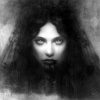 Isabella Correlli -- Dame der Nacht (Lady of the Night) Isabella Correlli -- Dame der Nacht (Lady of the Night)
|
 Tiedemann Frost -- Der schwarze Adler (The Black Eagle) Tiedemann Frost -- Der schwarze Adler (The Black Eagle)
|
 Dieter Kotlar -- Der Krieger (The Warrior) Dieter Kotlar -- Der Krieger (The Warrior)
|
Gangrel
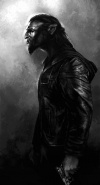 Ralf Keller -- ' Ralf Keller -- '
|
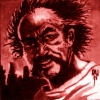 -- Daryl Lutz -- Das wilde Tier (The Feral One) -- Daryl Lutz -- Das wilde Tier (The Feral One)
|
Malkavian
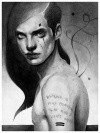 Ludwig Von Hohenzollern -- Die Hand der Gerechtigkeit (The Hand of Justice) Ludwig Von Hohenzollern -- Die Hand der Gerechtigkeit (The Hand of Justice)
|
Nosferatu
 Melitta Wallenberg -- Die verführerische Kanalratte Melitta Wallenberg -- Die verführerische Kanalratte
|
 Ellison Humboldt -- Die Wahrheit in den Mauern Ellison Humboldt -- Die Wahrheit in den Mauern
|
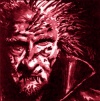 Ugly Rasputin -- Die unaufhaltsamen Wut Ugly Rasputin -- Die unaufhaltsamen Wut
|
 Amelia -- Die weinende Frau Amelia -- Die weinende Frau
|
Toreador
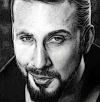 Jacques Barnabé -- Der Bildhauer (the scuptor) Jacques Barnabé -- Der Bildhauer (the scuptor)
|
Tremere
 -- Maxwell Ldescu -- Regent of Berlin -- Der Magus -- Maxwell Ldescu -- Regent of Berlin -- Der Magus (The Magus) | |
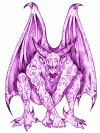 -- Gotthold -- Chantry Guardian & Elder Gargoyle of Berlin -- Gotthold -- Chantry Guardian & Elder Gargoyle of Berlin
|
 -- Falk -- Gargoyle bodyguard to Ldescu -- Falk -- Gargoyle bodyguard to Ldescu
|
Ventrue
 -- Gustav Breidenstein -- The Prince of Berlin -- Gustav Breidenstein -- The Prince of Berlin
|
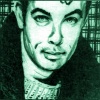 -- Wilhelm Waldburg -- The Eldest Son -- Wilhelm Waldburg -- The Eldest Son
|
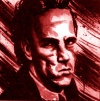 -- Peter Kleist -- The Second Son -- Peter Kleist -- The Second Son
|
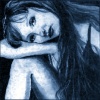 -- Katarina Kornfeld -- The Royal Daughter -- Katarina Kornfeld -- The Royal Daughter
|
Foreign Vampires in Berlin
- -- Corrie Tinbergen -- Prince Of Luxembourg
Das Reich der Toten: The Wraiths of Berlin
Berlin is city under Stygian control. Its Anacreon is no other than Otto von Bismarck, fettered by his fear for the fate of the nation he helped to create. Part of the Iron Legion, his regime is greatly appreciated by the local Wraiths. Under his leadership, the Necropolis of Berlin has become one of the most well-fortificated on the whole continent. Every Wraith that accepts his authority is granted regular access to Pardoners, protection of their Fetters, as well as consolation and counsel after being overtaken by their Shadow. In exchange, every wraith citizen is subject to compulsory military service, divided in corpses dedicated to one of the Legions. Each Legion, apart from the Legion of Fate, oversees one-seventh of city’s forces. Each military corps can elect on representative to act as a counselor to decision-making in the higher ranks. Civil issues are represented by neighborhood unions, who oversee civic disputes and bring issues before the military branches.
During the Night of Short Chains, the Grim Legion was unable to even marginally affect Bismarck’s rule. Any form of Guild representation is quickly destroyed and every Wraith that is caught in a public act of violence while not under control of their Shadow is sentenced to soulforging. Furthermore, the Necropolis is well defended by several animated Relics called the “Iron Champions”, formed from statues of General von Hindenburg that were erected during World War I and often destroyed in the riots following the defeat.
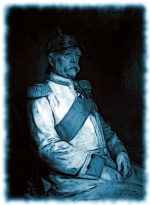 -- Otto von Bismarck -- Anacreon of Berlin
-- Otto von Bismarck -- Anacreon of Berlin -- Walther Rathenau -- Former foreign minister of Germany - 1922
-- Walther Rathenau -- Former foreign minister of Germany - 1922 -- Horst Wessel -- A German Nazi Party (NSDAP) activist known for writing the lyrics to the "Horst-Wessel-Lied". His death in 1930 was used by the party for propaganda purposes.
-- Horst Wessel -- A German Nazi Party (NSDAP) activist known for writing the lyrics to the "Horst-Wessel-Lied". His death in 1930 was used by the party for propaganda purposes.- [[]] -- [[]] -- '
- [[]] -- [[]] -- '
- [[]] -- [[]] -- '
- [[]] -- [[]] -- '
Die Feen: The Changeling of Berlin
The Kithain maintain a Freehold near the Botanical Gardens. The Trod they guard has a calming power, making people more relaxed and reducing the risk of falling into a supernatural rage. The Changelings usually stick to their domain and expect the same from other supernaturals, so most avoid the area.
- -- Beata Penzig --
- -- Elfriede Markwardt --
Die Magier: Verbena vs Technocracy
Norse Magi
Iron Circle
Verbena rune-mages.
- File:Mage Ilsa Hündin.jpg -- Ilsa Hündin -- Geheime Staatspolizei (Gestapo) -- Senior Kriminalkommissar -- Department E1
The German Technocracy
- -- Technocratic Union -- They were initially founded as the Order of Reason in 1325, a group dedicated to the protection of humanity from the depredations of the supernatural — specifically Mages, and more specifically the Order of Hermes.
Euthanatos Visitors to Berlin
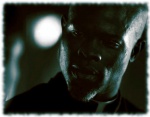 Senex -- Archmage of the Euthanatos - 1933
Senex -- Archmage of the Euthanatos - 1933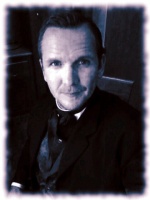 Alexander Gericault -- French Nephandus - 1933
Alexander Gericault -- French Nephandus - 1933
Berlin's Cult of Ecstacy
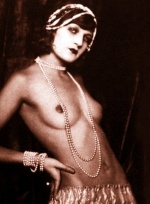 Anita Berber -- Berlin's Priestess of Debauchery - 1933
Anita Berber -- Berlin's Priestess of Debauchery - 1933
Berliner Hedge Wizards
Thule Society
File:Thule-Gesellschaft.svg.png
A cabal of German occultists originating in the 19th century, who now act as key players within the greater framework of the Third Reich.
Die Werwölfe: The Get of Fenris
Sept of Grunewald
The Fenrir opposed to the Nazi Regime.
Swords of Heimdall
A camp of among the Get of Fenris who sympathized with the Third Reich.
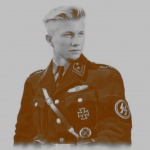 -- Ekkehard Krüger -- Geheime Staatspolizei (Gestapo) -- Kriminalassistent - Department E1
-- Ekkehard Krüger -- Geheime Staatspolizei (Gestapo) -- Kriminalassistent - Department E1
Die Vampire des Ostens: Kuei-jin
- -- Takuma Saito -- Watchtower of the East
Die Mumien: The Reborn of Egypt
Since the late 18th century, their have been rumors of strange supernatural beings of Egyptian origin within Berlin, never more than a whisper would be heard before the rumor vanished, only to crop up again decades later.
 -- Inauhaten -- Mummy Architect and ally of the Manus Nigrum.
-- Inauhaten -- Mummy Architect and ally of the Manus Nigrum.
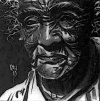 -- Saatet-ta -- The Darkener of the Earth
-- Saatet-ta -- The Darkener of the Earth
Die Chimäre: Schräger als Seltsam
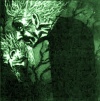 -- The Brothers Grimm -- Creatures of unknown origin who appeared around the time of death of the real Brothers Grimm, and now make trouble for the kindred of Berlin. Most speculation pins them as changelings or mages.
-- The Brothers Grimm -- Creatures of unknown origin who appeared around the time of death of the real Brothers Grimm, and now make trouble for the kindred of Berlin. Most speculation pins them as changelings or mages.
- 100px -- [[]] --
Hexenjäger: The Hunters Hunted
- -- The Inquisition -- Also known as, the Society of Leopold.
- -- Teutonic Order -- Also known as, the Order of Brothers of the German House of Saint Mary in Jerusalem is a Catholic religious order originally founded as a military order in the 12th century in Acre. Purely religious since 1929, it still confers limited honorary knighthoods.
Stories of the Gray City
- -- Gleichschaltung -- Our story set in February of 1933
Websites
http://en.wikipedia.org/wiki/Berlin
